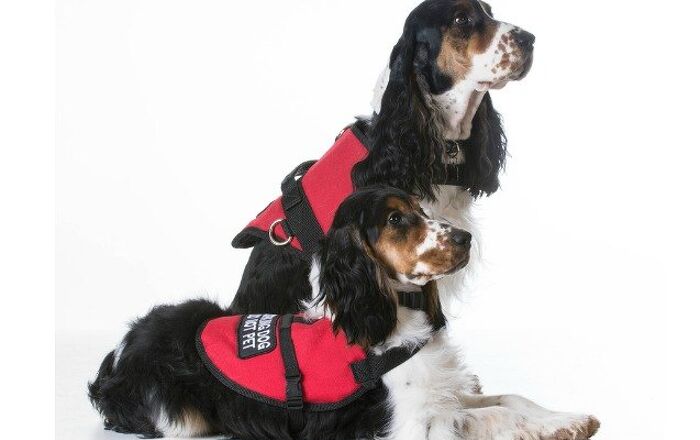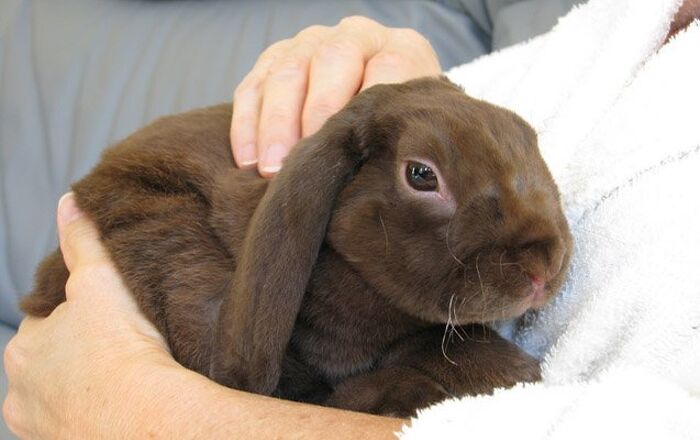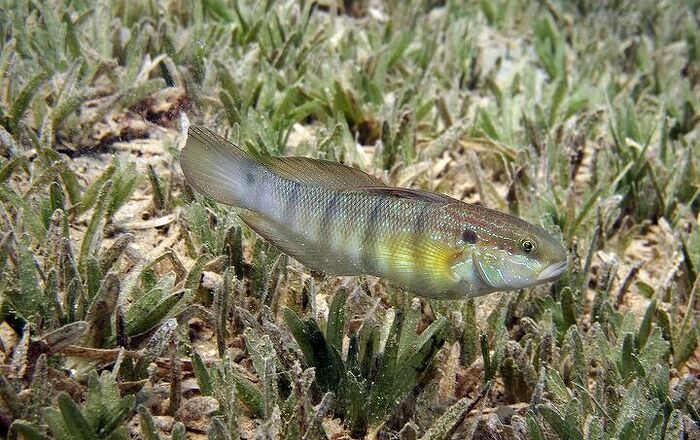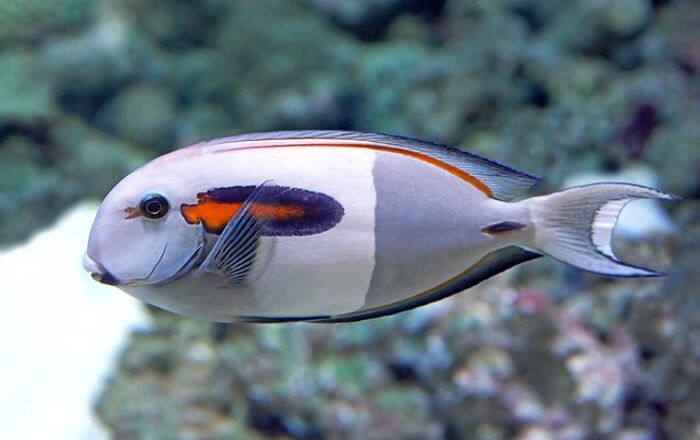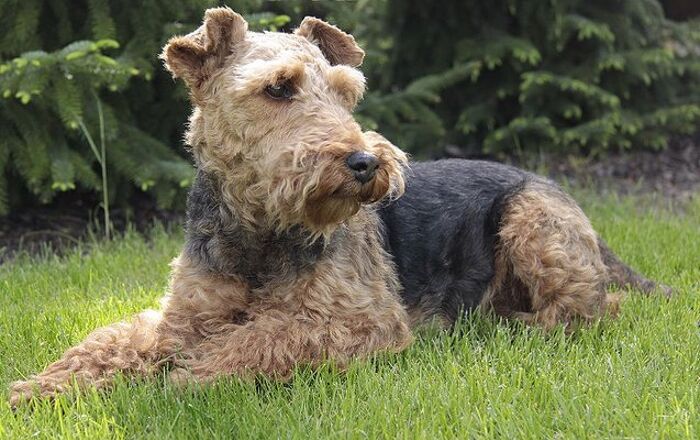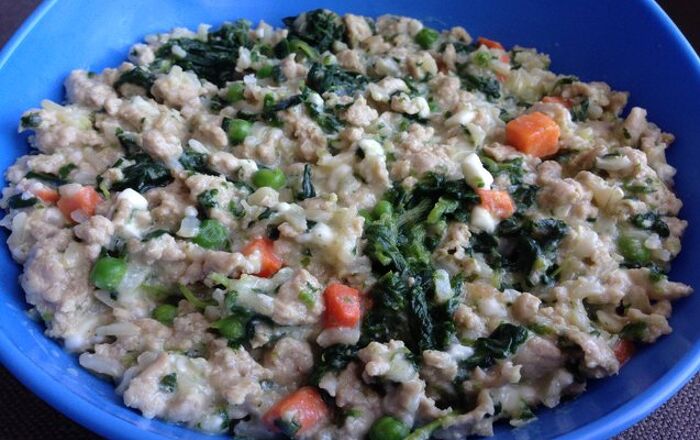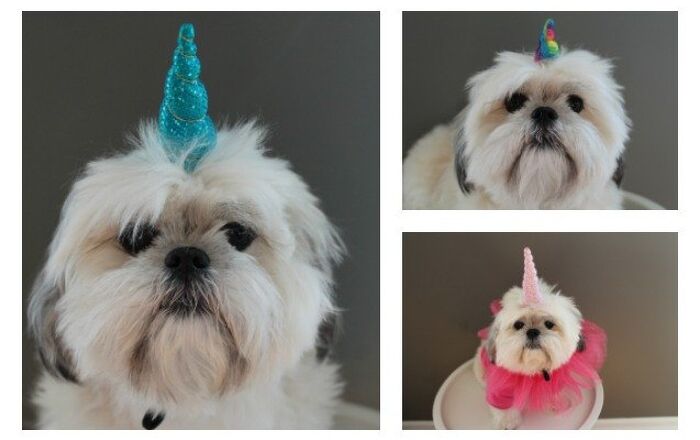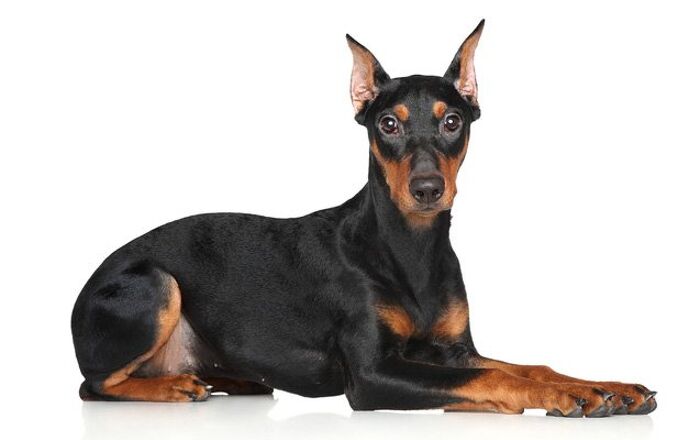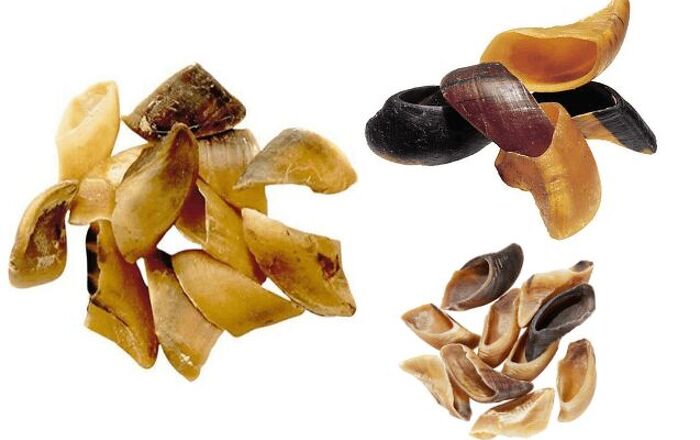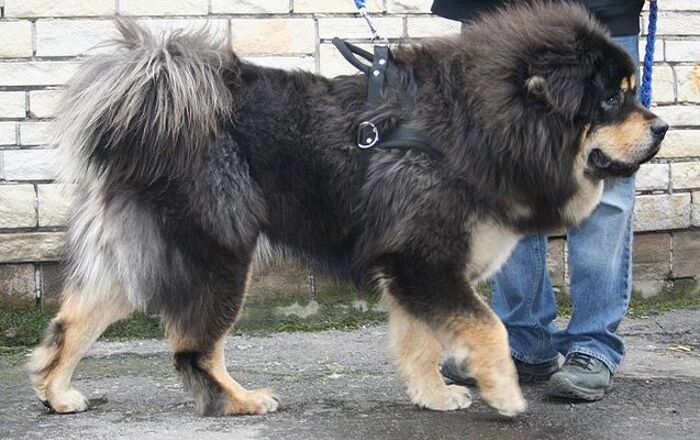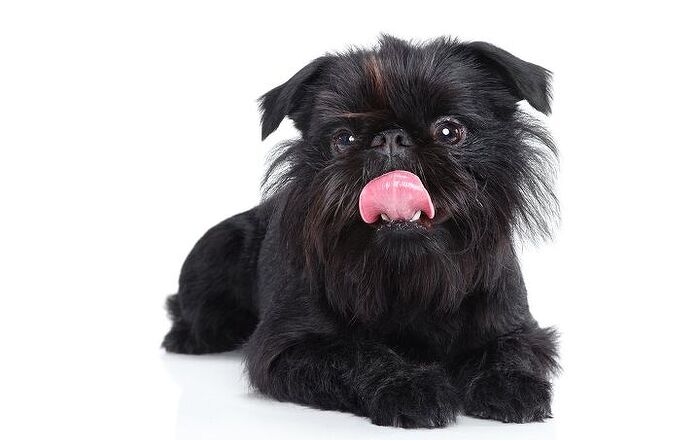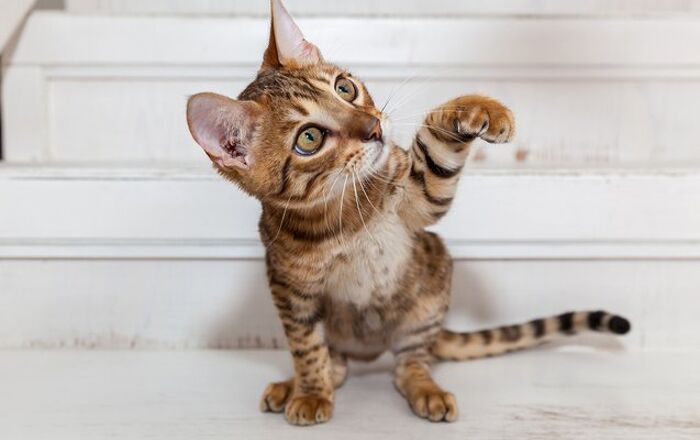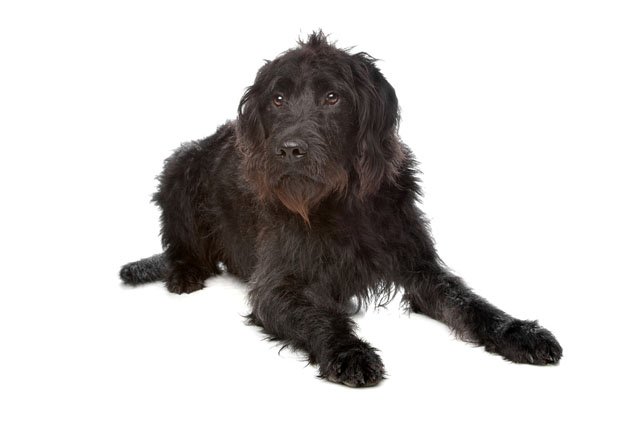
Doodleman Pinscher Basics
The good-natured Doodleman Pinscher brings together the devoted Doberman Pinscher and the playful Poodle.
Origin
The Doodleman Pinscher is a Designer Dog and likely originated back in the 1980s when the demand for healthier variations on popular breeds first surfaced. By mixing and matching pure-bred dogs, breeders were often able to eliminate health issues that plagued the foundation breeds and even produce smaller, gentler or hypo-allergenic variations of some of the popular breeds.
Pedigree
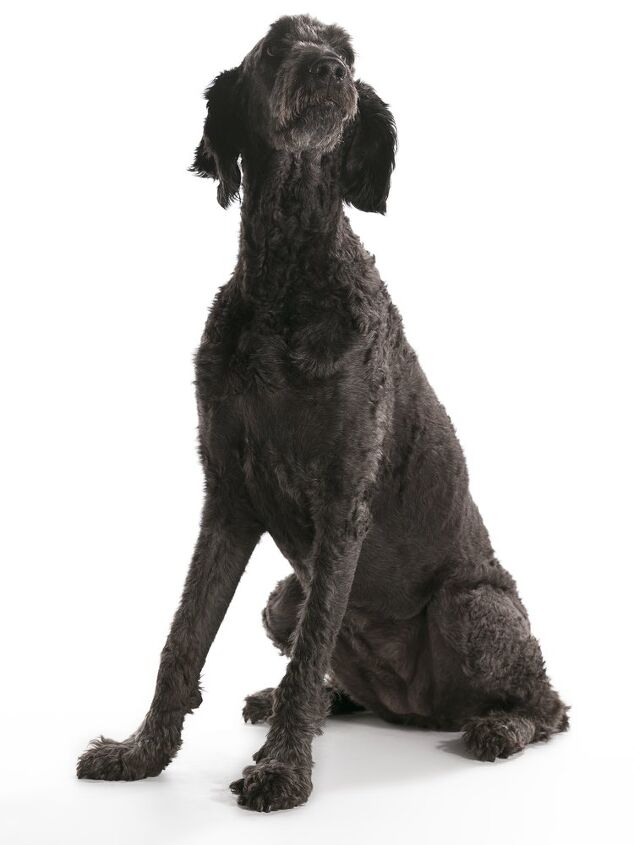
The Doodleman Pinscher is considered a designer dog and this mixed breed status means he doesn’t qualify to be a member of the coveted American Kennel Club (AKC). Both of his parent breeds however are members in good standing; the Doberman Pinscher joined AKC’s “working” group in 1908 while in 1887 the Poodle was accepted into the “non-sporting” group.
Food/Diet
The Doodleman Pinscher is a large dog that will require a nutrient-rich kibble to support his active lifestyle. Always choose a food that is designed for your pooch’s size, age and activity level and for this dog, one that is low in carbs to prevent him overeating to feel full. Because Poodles can suffer from digestive issues, choose a low-fat food and schedule meals 2 to 3 times per day versus allowing him to free-feed. Poodles are also prone to bloat so ensure exercise is not taken within an hour of him eating.
The independent-thinking Doodleman Pinscher is a loving, easygoing and loyal family dog.
Training
Your Doodleman Pinscher is the product of two very intelligent and very active breeds so picking up on commands is not an issue. The challenge may come from him being wilful and deciding he doesn’t want to follow your instruction. Establish yourself as pack leader to bring the best out in this dog. Firm, consistent training that is rewards-based and includes lots of treats and praise will go a long way in successfully training this big boy.
Weight
Your Doodleman Pinscher will weigh between 65 to 90 pounds when he reaches adulthood.
Temperament/Behavior
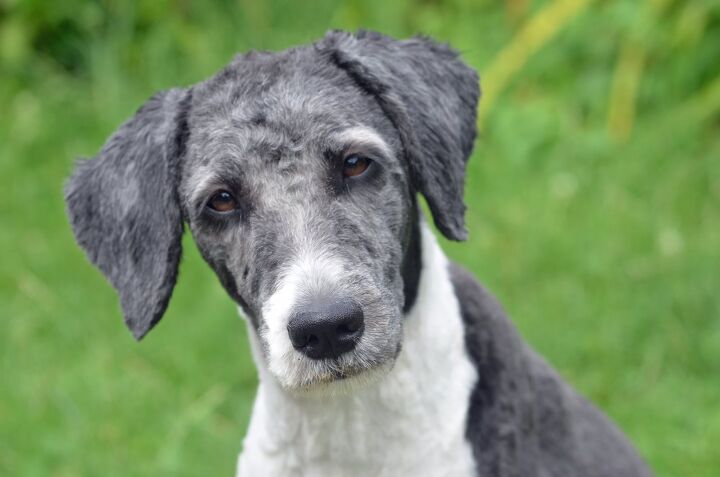
The independent-thinking Doodleman Pinscher is a loving, easygoing and loyal family dog who simply has a mind of his own when it comes to taking direction. Effective training is all that’s needed to bring out the best in this playful pooch who gets along with kids and other animals alike. He can suffer from separation anxiety when left alone for long periods of time and would do best with a family member working from home. Because he is cautious around strangers, he makes an ideal watchdog.
Common Health Problems
As with most designer dogs, the Doodleman Pinscher is unlikely to experience many of the health issues that can plague his pure-bred parents however you should always read up on what your new pup could inherit. With the Doodleman Pinscher that can include Addison’s Disease, joint issues and from the Poodle, digestive problems including bloat.
Life Expectancy
The Doodleman Pinscher will typically live between 12 and 15 years.
Exercise Requirements
Doodleman Pinscher’s are big dogs with a natural need for exercise that includes long walks and opportunities to display their agility. A couple of 1-hour daily walks or even a run will go a long way in helping him burn off energy. Tossing a Frisbee or ball in a fenced backyard or off-leash park will help keep him not only fit but mentally stimulated and socialized. He does have a tendency to wander so ensure playtime is always in a secured space.
The easy-going Doodleman Pinscher is a loving, loyal family dog.
Recognized Clubs
Coat
The Doodleman Pinscher has a long coat than can grow to 2 – 4 inches in length and be straight like the Dobies or curly like the Poodle. Either way, he will be a minimal shedder and brushing will be strictly to keep his coat matt- and tangle-free versus to offset any shedding. Periodic grooming will be needed to keep him looking his best and because he is a floppy-eared dog, inspection and cleaning of inner ears will help prevent infection.
Puppies
Doodleman Pinscher pups can inherit the cute curly coat of the Poodle but the stubborn streak of the Dobie so obedience training will be important to bring out the best in this dog. Because he can also grow to be cautious around strangers, socialization should begin at an early age to ensure he is comfortable with new faces and new situations. His propensity toward joint issues later in life means leash training and exercising this little guy should be gradual so as not to injure small limbs.
Photo credit: Erik Lam/Shutterstock; Dan Kosmayer/Shutterstock.com; Claudia Naerdemann/Shutterstock.com

